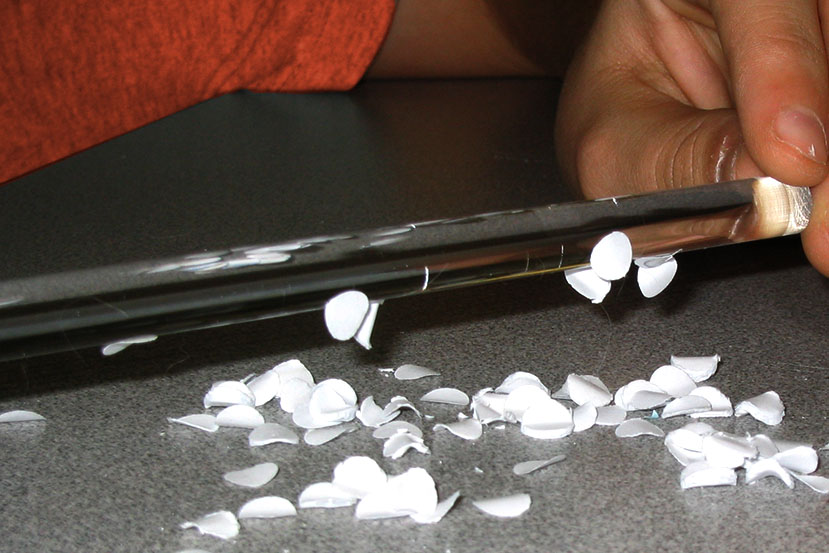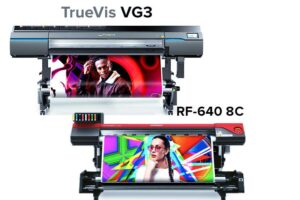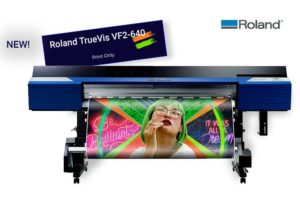Troubles caused by the electrostatic field during printing
An electrostatic field charge develops on printing materials due to various reasons.
The printing media attracts dust and the particles stick to the printing surface.
Human skin is also conductive. When you touch the media is you transmit your electrostatic field to it.
So, the static field of the printing media changes the behavior of the ink drop coming from the print head nozzles. The tiny ink droplets deviate from their intended path. Thus they cause wrong shots, extra spraying, fuzziness and fogging. The charged dust particles can easily reach the print nozzles. This causes clogging and expensive print head damages.
In the end, the static charge affects printing results. Single or repeating defects persist on the final printed image.
The situation is tricky. It brings frustrating results at the print production output. The quality of the printed images is heavily affected. Often the printers have difficulties to sell their end product.
Then what could be the possible solutions?
The wrong ways to go
Many printers are disappointed by trying grounding which doesn’t work. The reason is the isolation covering the grounding. It cannot be grounded. In addition, it collects electrostatic charge along its surface. Then it transmits it to the printing media causing zero discharging results.
Control of outside humidity is seldom effective: It is typical for many printing materials to absorb part of it. So you never get rid of all of the humidity as a rule.
The antistatic spray is not a good idea to use for printing as it usually leaves a residue layer on the substrate which reduces the final print quality.
Antistatic wipes can only bring a weak and temporary spot result. In the end, the problem remains unsolved as it is not possible to handle the printing surface evenly.
Recommended solutions
Fortunately, there are a few easy and not expensive ways to eliminate static charging problems.
- An antistatic bridge over the printing media during printing can help a lot. It consists of a special anti-static elastic fibre cord through which takes over and removes the charge of the printed media substrate. The cord diameter should be at least 5 mm for satisfying results.
- When it comes to rigid printing material, an ionizing anti-static bar is a must. It slides over the top and bottom side of the printing surface, e.g. acrylic sheet or other. By applying a high voltage the surface gets neutralized by the ionizing bar. In this way, the substrate becomes easily printable with no further lint and dust attraction.
- There is a possibility of n electrostatic field re-generation on the printing media. The reason usually is contacting the media transporting rollers. One solution is to place a pressure sensitive adhesive tape behind the rollers on the printing table platen.
- Sometimes media gets charged again while the operator touches it. Therefore it is highly recommended to use anti-static gloves and thus prevent it from happening.




